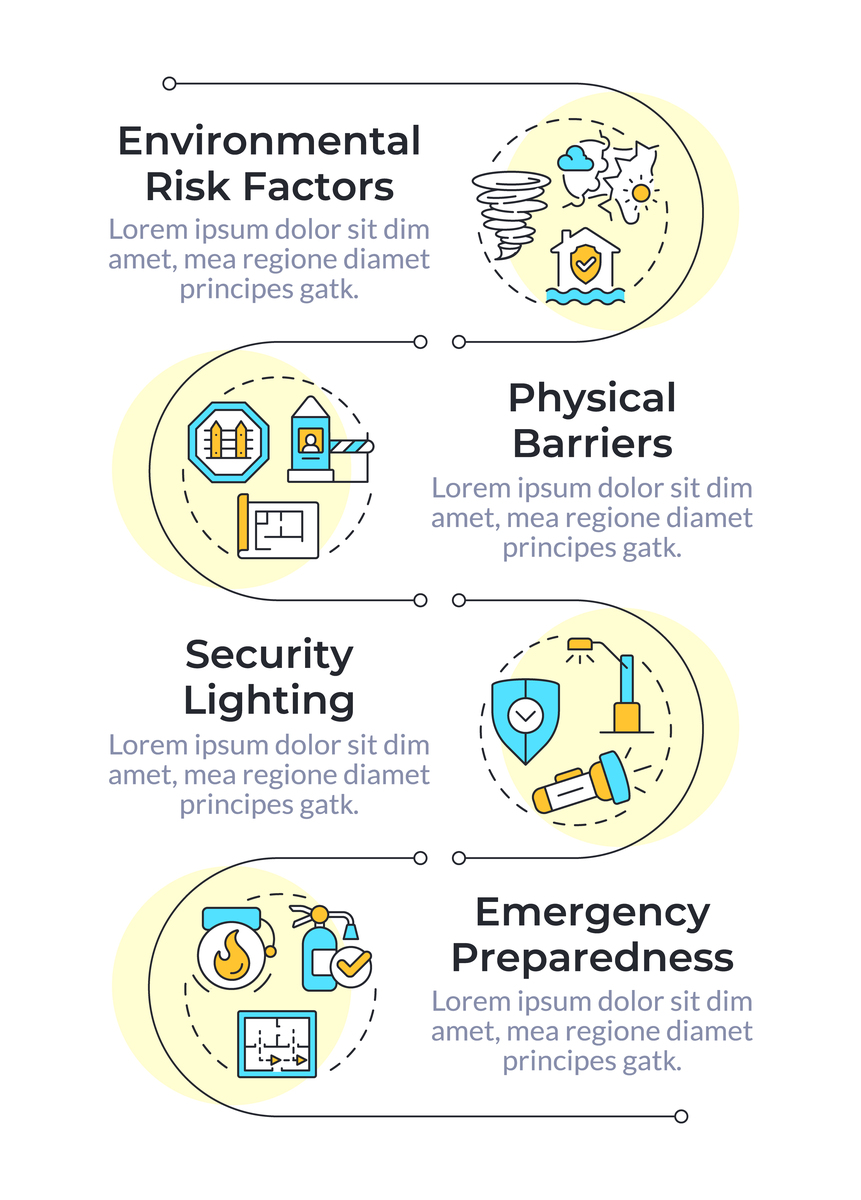example of literature review about Digital transformation of traditional automotive enterprises based on customer life cycle management
Introduction:
The automotive industry has witnessed a significant shift in the last decade, with the emergence of digital technologies and the increasing demand for personalized customer experiences. Traditional automotive enterprises are now realizing the need to transform their business models and strategies to stay relevant in the digital era. One of the key areas of focus for these enterprises is customer life cycle management, which involves understanding the customer journey from pre-purchase to post-purchase stages and leveraging digital technologies to enhance the customer experience. This literature review aims to explore the current state of digital transformation in traditional automotive enterprises based on customer life cycle management.
Customer life cycle management in traditional automotive enterprises:
The customer life cycle management in traditional automotive enterprises typically consists of four stages: pre-purchase, purchase, post-purchase, and loyalty. In the pre-purchase stage, enterprises leverage digital technologies such as social media, online advertising, and email marketing to attract and engage potential customers. In the purchase stage, enterprises use digital platforms such as online marketplaces and e-commerce websites to facilitate the purchase process. In the post-purchase stage, enterprises focus on customer retention and satisfaction by providing personalized services such as maintenance reminders, loyalty programs, and customer support. In the loyalty stage, enterprises aim to retain and upsell existing customers by offering personalized services and incentives.
Digital transformation of traditional automotive enterprises:
The digital transformation of traditional automotive enterprises involves the integration of digital technologies into their business models and strategies. One of the key drivers of digital transformation is the increasing demand for personalized customer experiences, which requires enterprises to adopt a customer-centric approach. Enterprises are now leveraging digital technologies such as big data analytics, artificial intelligence, and machine learning to gain insights into customer behavior and preferences. This enables them to offer personalized services and products to customers, which enhances the overall customer experience.
Another key driver of digital transformation is the need to streamline business processes and improve operational efficiency. Enterprises are now adopting digital technologies such as cloud computing, automation, and robotics to automate manual processes and reduce costs. This enables them to focus on delivering value-added services to customers and improving their overall business performance.
Conclusion:
In conclusion, the digital transformation of traditional automotive enterprises based on customer life cycle management is a critical area of focus for enterprises that want to stay competitive in the digital era. Enterprises that adopt a customer-centric approach and leverage digital technologies to enhance the customer experience are more likely to succeed in the long run. However, enterprises must also focus on streamlining their business processes and improving operational efficiency to maximize the benefits of digital transformation.

原文地址: http://www.cveoy.top/t/topic/Vap 著作权归作者所有。请勿转载和采集!